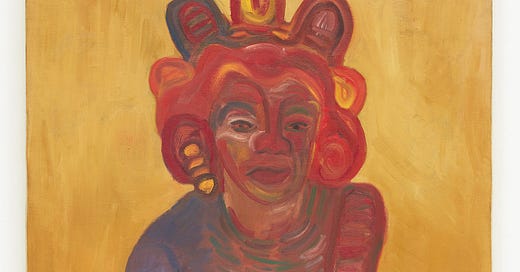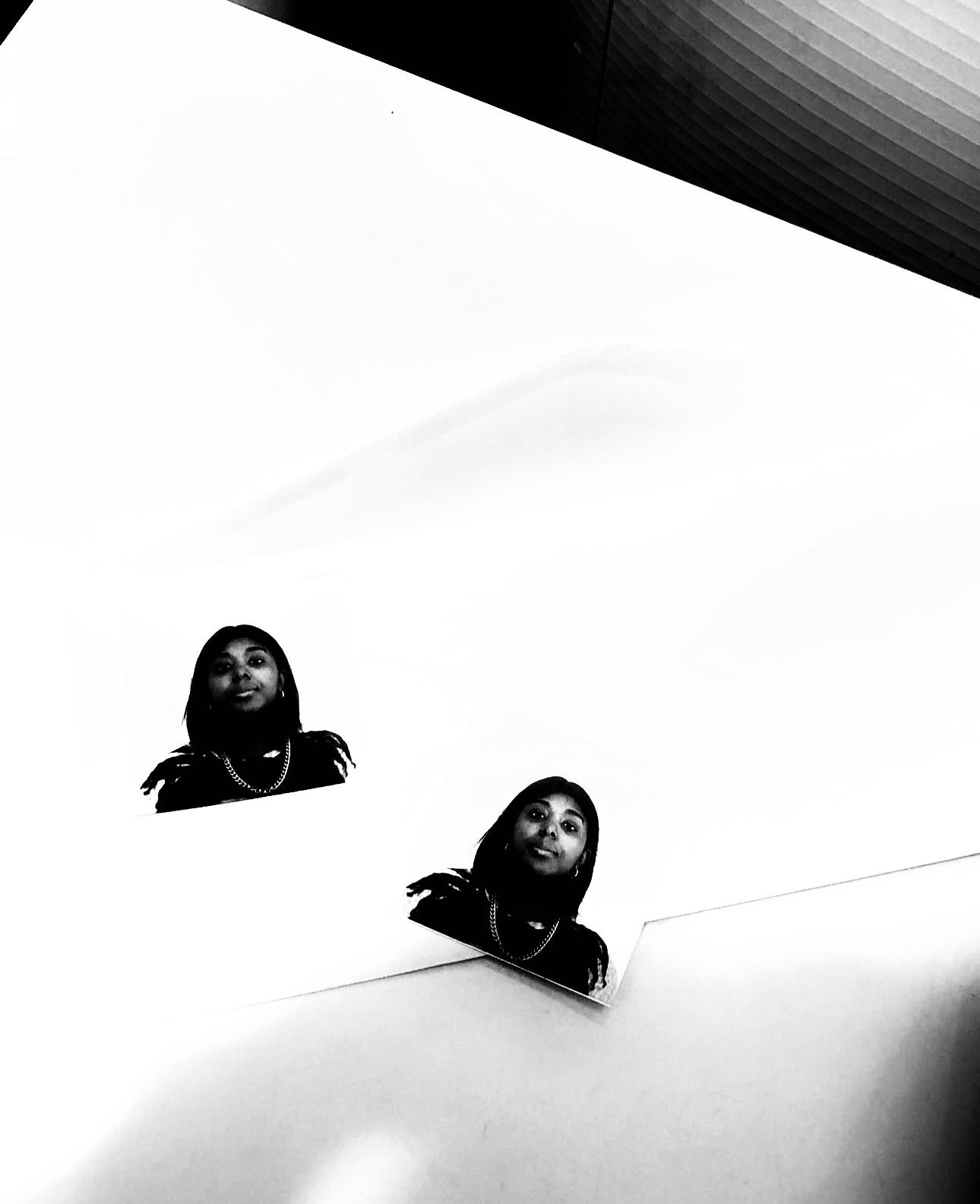A friend and I were chatting in a grimy Bed-Stuy apartment, beer cans scattered, from the night before. Suddenly, I heard a groan and an agonizing yell: “Can you guys shut the fuck up!” It was 5 p.m. on a Saturday. My friend visibly recoiled. This was her boyfriend, an egotistical, alcoholic painter who begrudgingly reprimanded her and controlled all aspects of her life.
Ten years her senior, she became his arm candy, circulating in and out of the downtown gallery scene. His face was always smug, masking his underlying abhorrence for the world around him. He was not recognized as the great artist he thought he was. His girlfriend, a hollow, thin shell, always lingering behind him, peeking through to see if it was okay for her to exist in his space.
This wasn’t a unique couple. It was common, one seen as a rite of passage.
As usual, I became the target of this man’s criticism, bullying, and marginalization—the girl who didn’t acknowledge he’s self-professed greatness. I was the loud, obnoxious, not-as-pretty, chubby friend who was too opinionated. I starkly remember an art dinner party where this male-identified painter ignored me as he battled over the concept of bad painting. I was met with silence and shame, just the party favor, expected to stay in my place.
Eventually, my friend left this male-identified painter after a suicide attempt caused by his emotional abuse, an ominous weight lingering on her departure. Years later, I became the new emerging Black independent curator. A few press articles gaining newfound notoriety making me desirable for my own male-identified painter.
The early years of our relationship were a power and control tug of war at every exchange. I didn’t think he was an amazing painter—his ideas were shallow and underdeveloped. He clung to the work that had given him brief recognition in the early 2010s. My inbox filled with multiple files: new paintings, writings, music, and apology letters after multiple abandonments. None of it resonated with me. I accepted him as an artist in progress, with an eerie knowing—that his own megalomaniac ways prohibited him from executing a meaningful body of work. In retrospect, I was solely objectifying him based on how he looked, with the occasional recognition of his personality: an Aquarius.
Where controversial artists like Jordan Wolfson synthesized culture through the narrow confines of burgeoning internet culture, his execution and compositional weight validate the gimmicks and slapstick subversiveness. In comparison, my male-identified painter clung to the superficial, relying on what once worked—art history memes.
Like my former friend, my suicidal ideation grew during our relationship. The abrupt abandonments, the jealousy, the incessant texts and calls when he knew I was attending events he deemed significant (Frieze, Art Basel, etc)—it all warped my sense of care. He was a man who had once garnered attention but fell into obscurity as a victim of the zombie formalist art bubble burst. His attempts at (writing) love letters, thinking he was evoking Homer’s The Iliad, were more akin to the scribblings of a madman, Charles Manson.
The dysfunction of our exchange was foreshadowed the evening we met.
I was alone at a bar playing trivia, clinging to an idealistic, rom-com version of what it meant to fall in love. Desperately seeking human connection as a young woman on the autism spectrum. It was 2013. He called out my name, a familiar face from Facebook. By the end of the night, I had fallen—literally—two flights down a fire escape, contorting in the air before crashing onto my knee. He jumped down carrying me up back to his apartment with help of a friend. The next 24 hours mirrored an inflammation-inducing scene of playing house. As I lay immobile, even having my hand crushed in a step ladder by accident, the pain was nothing compared to what would follow.
Years, passed before we saw each other again. By then, I was no longer the naive internet troll(still lonely). I was a semi-public figure in the art world, an emerging Black disruptor, the one they wheel out every three years. He saw the opportunity and seized it.
But even as I gained recognition, he worked to minimize me. He ignored my accomplishments, refused to acknowledge that my peers were his professors, and reduced me to a lovestruck lover who deserved no care beyond manipulation and coercive sex. His messages turned abusive, urging me to kill myself, then left on read.
In the last days of our relationship, as I spent time in his graduate school housing, I saw the truth. Late one night, as Future’s Turn On The Lights played in the background, I glanced at his phone. He had been texting classmates about a “very important curator” staying with him that week. For the first and only time in ten years of knowing him, he uplifted me, an omission he would never confirm. He would rather see me dead.
I see the bowed heads of middle-aged women—artists whose brilliance is recognized and whose voices are elevated, yet whose love lives lie in quiet ruin. Marked by betrayal and emotional abuse, they retreat to their work as a refuge. Some relinquish their dreams, enduring years of minimizing themselves, prioritizing their male-identified painter’s delusions. They become unable to engage with their community except as supporting characters or the help. Their love is plagued by the frail ego that cannot bear to be eclipsed.
*1. Untitled(Self Portrait), Ana Mendieta






